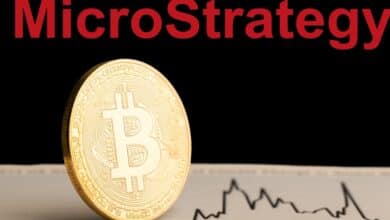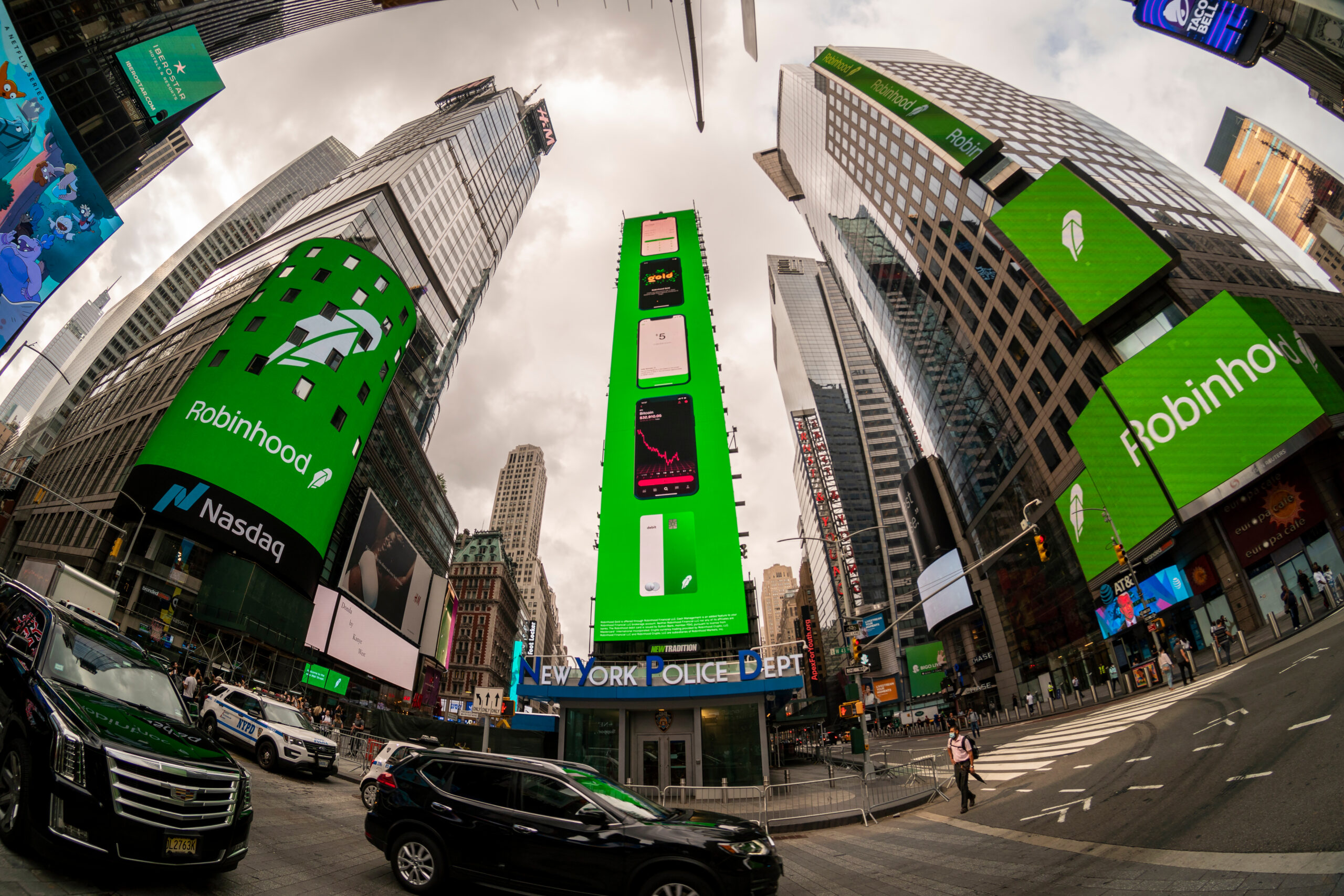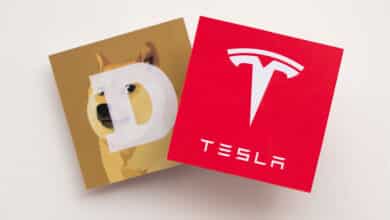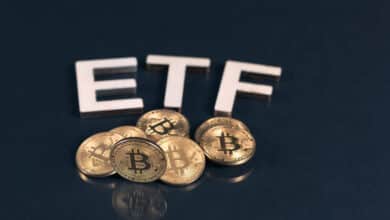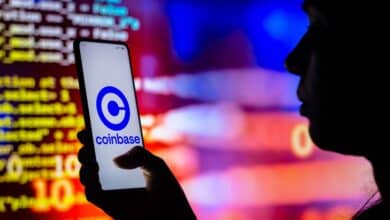Gdac Review – Is Gdac Scam or Legit?
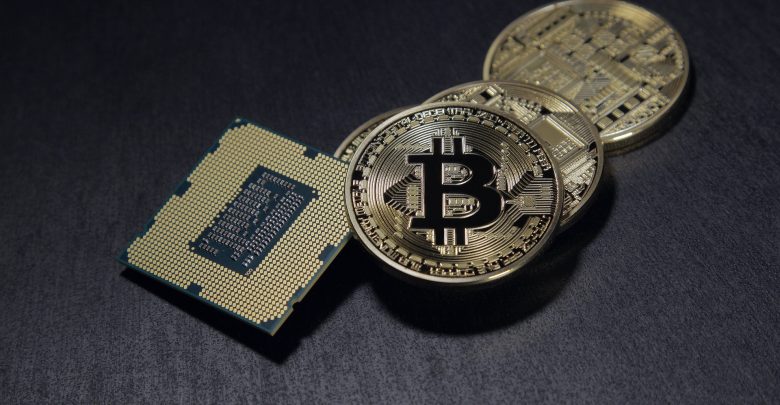
Gdac Review

No doubt, the first step in the crypto investment journey is signing up for an account with a trading platform. But, an even more important step is to diligently carry out an in-depth inquiry on the legitimacy and security of the broker whose platform you wish to use. In this Gdac Exchange review, we would be looking at the services, features, and security mechanisms offered on one of the biggest South Korean crypto trading platforms.
From the onset, crypto was already hyped as the next big thing in the investment market, and those who held that optimism for long have their gut instinct to praise for it. Thanks to the recent bull run, they can all finally smile to the bank.
However, it is the exchange platforms that probably deserve the accolades as they have been at the center of how these assets are accessed, managed, and converted.
But while there have been numerous scam projects in the space, there has also never been a scarcity of legit crypto exchanges. You only need to look deeper and seek the right information to find a reliable crypto broker.
Hence, without further ado, let us quickly go over the pros and cons, product, and features of using Gdac exchange.
| Exchange | Gdac |
| Registered? | Yes |
| Form of trade | Order and Contribution mining. |
| Assets | Bitcoins, Ethereum, LiteCoin, Omisego, Stellar Lumen, and other altcoins |
| Learning materials | Not available |
| Trading tools | Price charts and indicators. |
| Fiat currency | Yes |
| Trading platform | Mobile and website |
| Referral bonus | Not available |
| Extra fees? | No |
| Customer support | Virtual assistant, email and phone contact. |
| Website | https://Gdac.com |
| Headquarter location | South-Korea |
| Interface | Basic and friendly |
Introduction to Gdac Exchange
To avoid confusion, Gdac must not be mistaken with the name “Gdax” previously used by Coinbase exchange (now referred to as Coinbade Pro), for one of its services platforms.
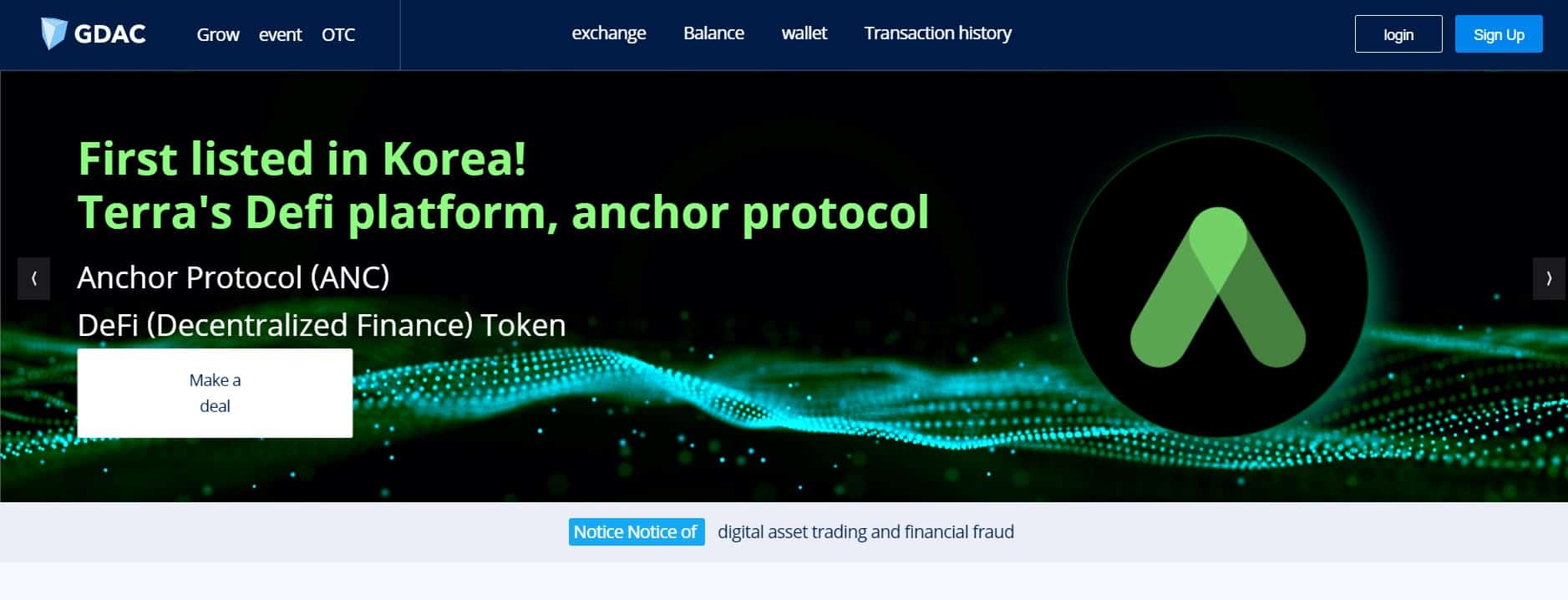
Gdac exchange is a centralized crypto trading platform based in South Korea. South Korea has been home to several top crypto exchanges such as Korbit, Gopax, Upbit, Bithumb, Coinone, Coineal, and Allbit. Thus, under the crypto-friendly atmosphere of the country, the Gdac exchange has been able to maintain a stable operation since it launched.
The exchange also seems to operate transparently as a registered body under South Korean Law. Details of its incorporation and business registration name as a legally constituted body can be found displayed at the bottom of the company’s website.
Like with most centralized exchanges, Gdac has a parent company behind it and you can find the identity of the company on its website. As per users’ experience with the platform, they seem to keep a regular check on the overall security of users’ assets and identity.
Moreover, Gdac makes sure its clients can always access a large pool of tradeable crypto assets, which of course is useful for those who wish to diversify their investments.
However, what we found most appealing about Gdac exchange is that it does not only make itself a gateway to the profitable world of crypto trading and investment, but like the Catex exchange, it has also embraced the concept of trade mining to give its users the privilege of a high-level passive income stream.
We would discuss more on those programs in subsequent sections.
GDAC trading view
An exchange’s trading view or default user interface is the client-facing side of the trade platform’s software that enables users to invest and monitor their accounts in real-time. Usually, the trade page is populated by an array of widgets that enable users to place trades, monitor those trades, and observe the market’s movements using tooltips such as price charts and a function to close or open more orders.
The trading interface across crypto exchanges is not the same. Each exchange designs its interface in the way it considers to be best suited for the end-users. That being said, there is no “one style fit all” trade view interface design. It is entirely up to you as the trader to decide if a trading interface meets your taste.
However, rest assured you will find all of the above features on Gdac’s trade page. We also consider the interface to be user-friendly, as it was smooth and seamless navigating around the screen.
When you open an order, you will immediately see it displayed on the “open orders” section (except if your position gets filled instantly).
First, the interface is split into different sections and simultaneously economically housed on the same screen. If you are using the web platform, the order book can be seen positioned to the left-hand side (though in most exchanges, this section takes the right pane). In addition, there are a few summarised details added here like the average trade volume of two currencies in a pair.
When you hover to the upper-right corner, you will find a list showing the different markets available for trading. It is split between two headings: KRW and GT. The KRW list shows the list of assets traded against the digital version of the Korean currency, while the GT section displays the list of tokens traded against GT tokens, the native coin of the Gdac exchange.
Right at the center of the trade interface are the charts. You can customize it to show the patterns in different time frames like hours, days, weeks, or months.
You can also create a favorites list for the markets you are more concerned about.
Liquidity on Gdac’s Exchange
Basically, as a concept, liquidity describes the ease with which one asset can be swapped into another and vice versa. The value of a digital coin is very much tied to its liquidity.
Now, in the context of a cryptocurrency trading platform, liquidity is the ability of the exchange to swiftly, or otherwise, clear a client’s order or transaction. For example, when you trade BTC against ETH on a crypto exchange, the exchange platform must have sufficient liquidity (supply) of both assets to fill your order. And in a case where the order is filled despite low liquidity, the most likely result is a sudden spike in the price of the scarce asset.
Since it will be cumbersome trying to calculate the liquid state of a singled out market in a crypto exchange, we use (as a general practice) the trade volume of the exchange to judge the liquidity of assets on that exchange.
That being said, on the 16th of July, 2019, Gdac’s Exchange recorded a 24-hour trade volume that surpassed $7.3 million, placing it on position 124 in a list of top global exchanges with the biggest trade volume. Then, as of March 31, 2020, during the peak period of the Covid-19 pandemic, the value had plunged to $4.4 million trade volume, effectively keeping it at position 133.
As at the time of writing, Gdac’s trade volume hovers around $1.6 million, perhaps signaling a mass exodus of traders from this exchange as there are only 32 tradable instruments on the site.
Gdac’s Exchange trading few
On every centralized exchange, there are two different parties: the maker and the taker. The makers refer to those who create open orders, which in turn, get completed or “taken” by takers. Several exchanges apply different trading fees for both parties, with the maker enjoying the lower fee charged in most cases.
Gdac’s exchange uses a flat fee structure for both. That means both taker and maker pay the same amount for any singled-out transaction. Generally, 0.25% of an order’s size is the average fee charged across exchanges. However, Gdac uses a meager trading fee of 0.04. Indeed, this is more than fair.
Gdac’s exchange withdrawal fee
While trading fees across crypto exchange sites may be considered too “small” to matter much, withdrawal fees can be quite tricky to deal with, and sometimes the withdrawal fee of an exchange can be rightly termed “outrageous”.
On Gdac’s exchange, the withdrawal fee for each coin is a fixed value. For example, BTC’s withdrawals are processed for a transaction fee of 0.001 BTC. It is worth noting here that the industrial average for Bitcoin withdrawal is about 0.0008 BTC. Thus, there is a slight variation of 0.0002 which is relatively huge considering the current price of BTCs.
See the table below for the full details;
| Digital Asset name | Minimum withdrawal amount | Withdrawal fee | Deposit confirmation number |
| AERGO | 69 | 100 | 12 |
| COSMOS (ATOM) | 0.46 | 0.3 | 1 |
| Bitcoin Cash (BCH) | 0.0064 | 0.01 | 4 |
| BOA | 42 | 100 | 12 |
| BOSS (BOS) | 340 | 170 | 4 |
| Bitcoin SV (BSV) | 0.0067 | 0.0034 | 1 |
| Bitcoin (BTC) | 0.0003 | 0.001 | 5 |
| Cyber Miles (CMT) | 150 | 75 | 20 |
| Cosmos coin (COSM) | 302 | 2000 | 6 |
| Dash | 0.021 | 0.03 | 12 |
| Dikargo (DKA) | 24 | 180 | 12 |
| Engine (ENJ) | 22 | 11 | 12 |
| Ethereum Classic (ETC) | 0.31 | 0.16 | 12 |
| Ethereum (ETH) | 0.12 | 0.01 | 12 |
| FLETA | 247 | 1000 | 12 |
| Fufei (FPT) | 20 | 1000 | 3 |
| Hidac | 75 | 100 | 12 |
| Heart number (HTN) | 4400 | 6000 | 1 |
| Terra KRT (KRT) | 2000 | 2000 | 6 |
| LiteCoin (LTC) | 0.036 | 0.05 | 1 |
| Luna | 5.4 | 3 | 12 |
| Omisego (OMG) | 2.5 | 1.3 | 12 |
| Popchain (PCH) | 1093 | 547 | 48 |
| Paycoin (PCI) | 17 | 20 | 1 |
| Phyton (PTON) | 24768 | 12384 | 12 |
| Sentinel (UPP) | 167 | 205 | 12 |
| Tether (USDT) | 1.71 | 10 | 12 |
| Seven Chain (VII) | 55 | 1000 | 12 |
| W. Green Pay (WGP) | 23 | 1000 | 12 |
| Stellar Lumen (XLM) | 36 | 18 | 1 |
| Ripple (XRP) | 8.3 | 10 | 1 |
| KRW (KRW) | 5000 | 1000 | Nil |
| Jibrick (GBX) | 50 | 1000 | 10 |
| Clay (KLAY) | 20 | 8 | 38 |
| Insight Protocol (INX) | 5 | 1000 | 12 |
| Camp | 66 | 17000 | 12 |
| FLUT | 25 | 200 | 12 |
| Percoin | 10 | 15 | 20 |
| Anchor Protocol (ANC) | Nil | 5 | 12 |
Gdac’s Exchange
As so many people scramble to participate in the gold minefield that blockchain investing is, they would need simple and, perhaps, even conventional means of converting cash (and other valuable assets) into crypto.
On Gdac’s Exchange, both prospective and already established investors would not have that problem to worry about. The exchange provides different deposit methods such as bank transfers, in the Fiat currency of South Korea.
Even though Gdac’s fiat deposit method is limited to one currency, users from other countries can easily use traditional methods to swap their native countries’ currency to KRW.
As at the time of writing, card-based deposits are not yet enabled on the exchange.
Gdac native token; GT
According to Gdac Exchange, when the native token of its exchange was launched, it was with the intention that GT tokens would not just be the fuel for carrying out transactions or a solution for paying cheaper transaction fees. The long-term plan is that GT tokens would play a centric role in its plans to roll out unique profit-sharing programs to its users.
As at the time of writing this review, we are yet to get the total amount of GT tokens that are scheduled to be in circulation. However, the team gives the following distribution details as regards the token allocation:
- 51% for mining programs.
- 30% for maintaining the exchange’s operation.
- 7% for partnerships.
- 7% for marketing campaigns.
- 5% for future developments.
Gdac’s Mining Programs
Crypto mining refers to the use of computational power to solve complex cryptography, or algorithms to create additional units of a coin or to complete a request within such a cryptographic network.
Aside from trading, cryptocurrency mining is another lucrative venture in which crypto enthusiasts get rewarded for actively participating in the space. However, the whole process of setting up even a small-sized crypto mining plant can be very costly, making it a special hub reserved for the more affluent segment of the industry.
Yet, some crypto exchanges are beginning to seek ways to reward investors for just being “active” crypto users.
Gdac Exchange is one of them and the result today is the introduction of a concept called Trade mining.
Trade mining enables investors to earn digital assets for each transaction they carry out successfully on the exchange. As noted above, a great part of GT tokens supply has already been allocated for this on the Gdac exchange.
However, Gdac believes there are still some significant limitations inherent in the incentivization programs offered across the industry, with many of them being short-term. As such, there is a need to revitalize how trading is perceived.
Therefore, in addition to implementing a trade mining rewards program, Gdac has introduced other variants which it collectively refers to as “Contribution mining”. They are: community mining, inventory mining, value-enhancement mining, with many other versions expected on the way. Also, the mechanisms behind each of these initiatives are closely tied to the tokenomics of GT tokens.
GT tokens allocation formula
According to Gdac, 100 million GT tokens will be added monthly into the exchange volume from the locked-up reserves. The reason for this is that the tokens will be used to maintain trade-related activities on the exchange, while also enhancing the liquidity. A part of it will also be used to reward exceptional contributors to Gdac’s ecosystem as well as other similar scenarios.
For the contribution mining dividend program, 400 to 500 million GT tokens will be apportioned monthly as rewards to users. In a case where 500 million tokens are allocated, 300 million GT tokens will be shared with those who qualify for the trade mining category, while 100 million GTs will be distributed under the community mining section. Lastly, the final balance of 100 million GTs will go for value-enhancement mining. As more and more mining events are introduced, the monthly allocation and corresponding sharing ratio will be adjusted accordingly.
For each month, whatever is left after the distribution will not be carried over to the succeeding month. Rather, the details will be determined by factors such as the active number of users, mining diversification, and, of course, trade volume.
As for product development, 1/60 of the total allocated GT tokens will be expended monthly. According to Gdac, the funds will be used to develop products that are built around the tokenomics of GT token.
Lastly, the allocation for partnerships with external entities will be used to pursue decisions and agreements that will further improve the utility of GT tokens. Hence, the lock-up periods will perpetually be tentative, as their details depend on the terms of such agreements.
Supported countries on Gdac Exchange
As regards US investors, the platform doesn’t state clearly if they are not welcomed to transact on the exchange.
Also, to sign up on the Gdac exchange, you will be required to tender identification documents consisting of a passport photograph and an image of you holding the passport.
However, we were surprised to find that the exchange makes it mandatory for foreign users to own a Kakao account before gaining membership on the site.
For South-Korea-based users, a mobile number and a bank account with matching names are all that are required to approve a trade account.
Gdac Exchange security
On its part, the exchange encourages users to diligently guard against tricky attempts from fraudsters to steal their funds.
Meanwhile, there are comprehensive how-to guides in the FAQ section provided to help investors activate multi-layered security measures such as the Google 2FA authentication and OTP verification via their mobile number.
Conclusion
Though not so well-placed in the list of top exchanges worldwide, Gdac remains one of the best exchanges out there, and is adequately suited for modest and the not-so-experienced traders looking for that first “crypto jackpot”.
Tokenhell produces content exposure for over 5,000 crypto companies and you can be one of them too! Contact at info@tokenhell.com if you have any questions. Cryptocurrencies are highly volatile, conduct your own research before making any investment decisions. Some of the posts on this website are guest posts or paid posts that are not written by Tokenhell authors (namely Crypto Cable , Sponsored Articles and Press Release content) and the views expressed in these types of posts do not reflect the views of this website. Tokenhell is not responsible for the content, accuracy, quality, advertising, products or any other content or banners (ad space) posted on the site. Read full terms and conditions / disclaimer.


